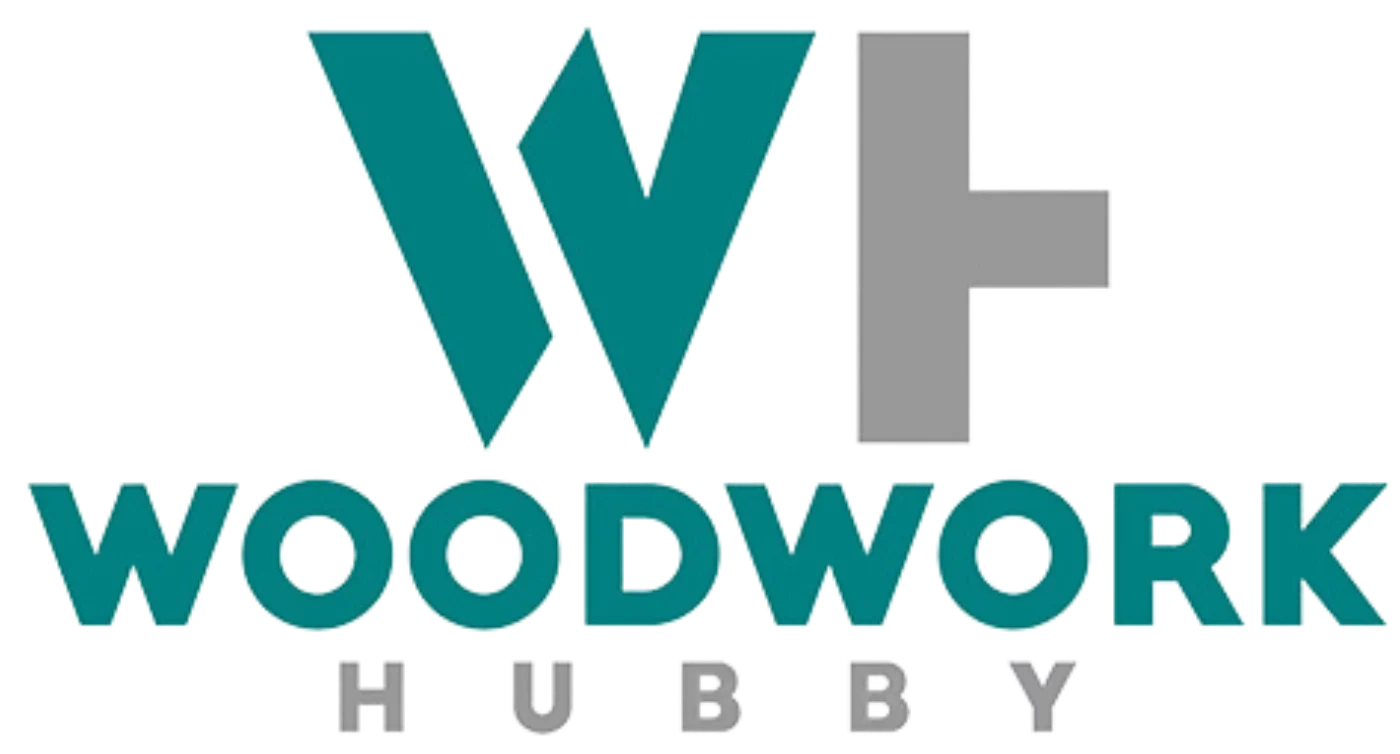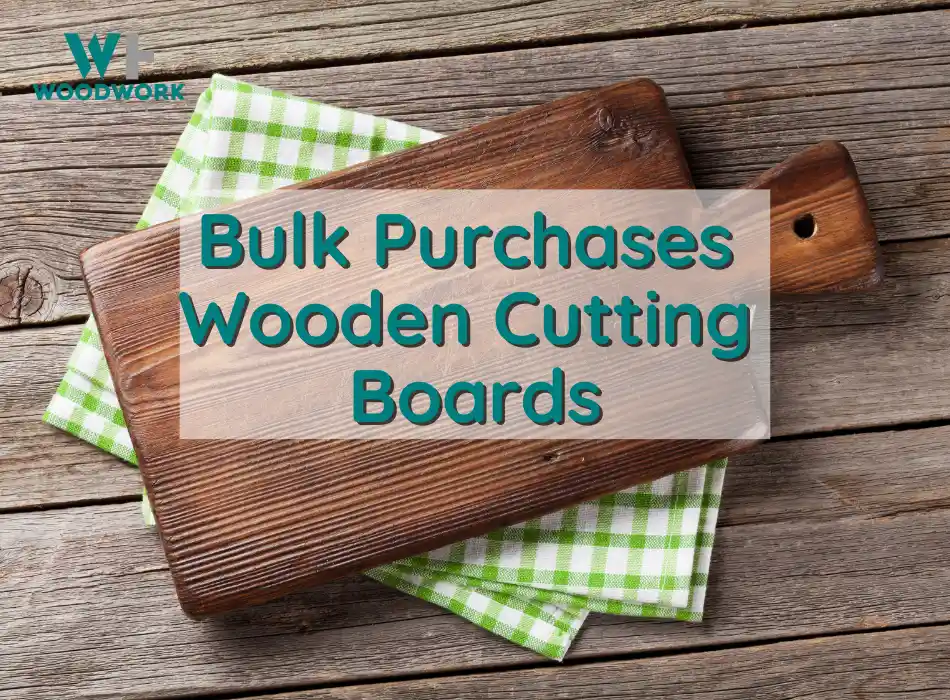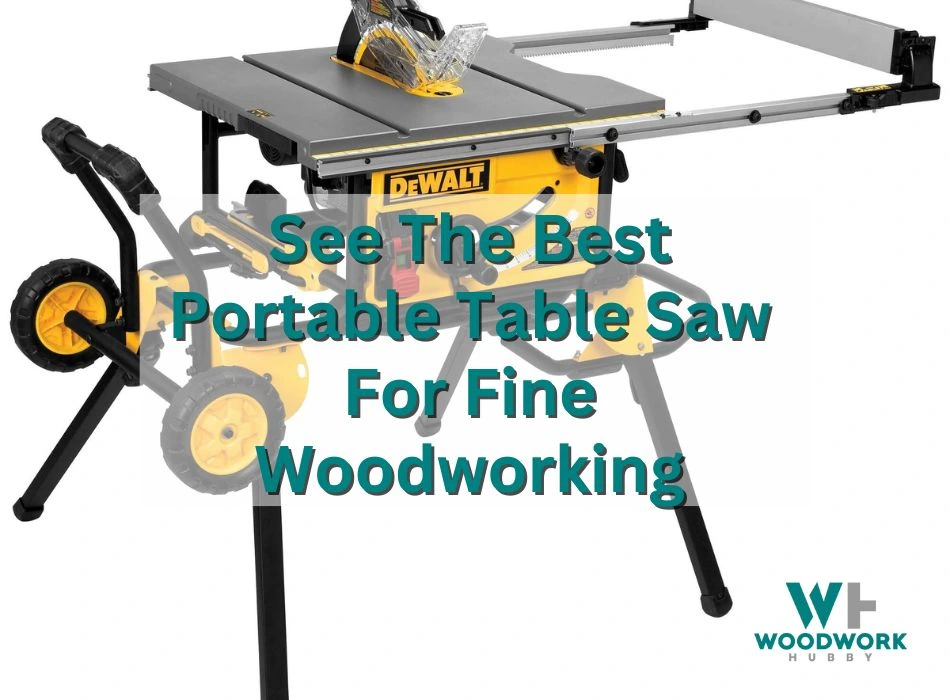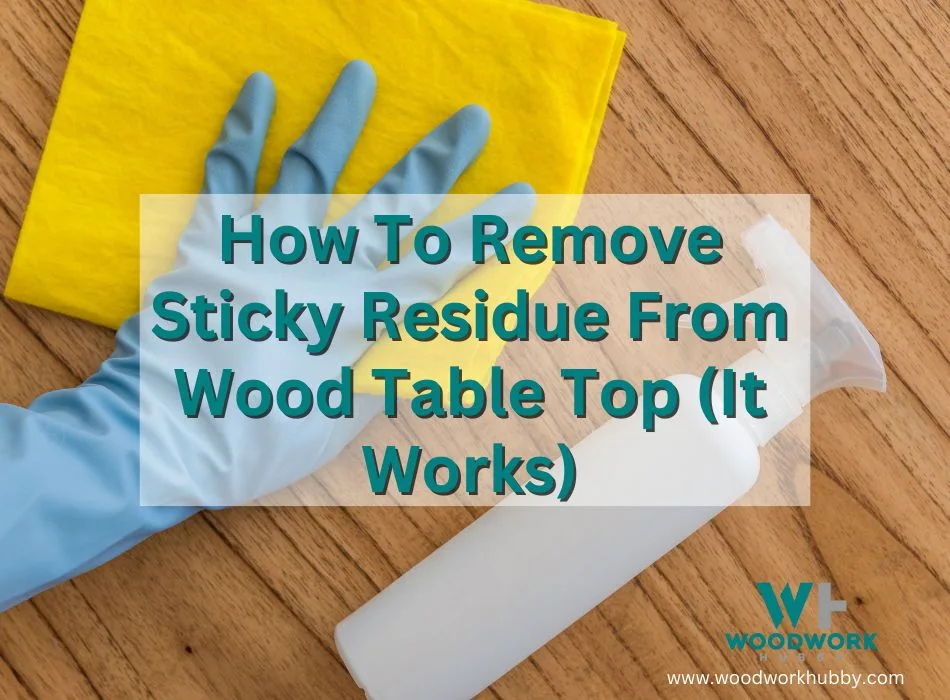Deer are not the brightest animals, but they are very sensitive to motion and sounds. If they happen to be your game of choice, you definitely need a deer blind before you hunt them. And two of the most accessible options happen to be wood boards that get compared very often. And I have used both to build a few deer blinds over the years. So, is OSB or plywood best to build your deer blind?
Plywood is best for building your deer blind, but it is 3.35x more expensive than OSB. OSB is better for your budget in the short term, but requires stricter sealing and can fall apart more quickly with exterior exposure.
In this article, you will discover whether plywood or OSB is better for your specific situation. Moreover, you will learn the nuances of each material and what to expect. You will also find out the exact material thickness required for plywood and OSB for deer blind construction. But first, let’s look at the pros and cons of both wood boards.
Pros and Cons of OSB for a Deer Blind
The video shows the comparison between OSB and plywood.
| Pros/ Cons | OSB | Plywood |
|---|---|---|
| Pro | It is naturally thick enough to camouflage sounds | It is stronger when it is as thick as an average OSB |
| Con | Is vulnerable to exterior conditions | It is more expensive than OSB of equal thickness |
| Pro | It is 2 to 3 times cheaper than plywood of equal thickness | It is more weather-resistant than OSB |
| Con | It isn’t as strong as Plywood | Has poor sheer strength compared to OSB |
| Pro | Has greater shear strength than plywood | It is more durable than OSB against impact and weight |
| Con | Has lower impact strength than plywood | It is naturally not as thick as OSB. You need to buy especially thick plywood boards. |
Can I Use OSB for a Deer Blind?
When building a deer blind, you’re supposed to select a material that is durable, stands up to weather conditions, and can easily be camouflaged. Each of these features is non-negotiable for an effective deer blind.
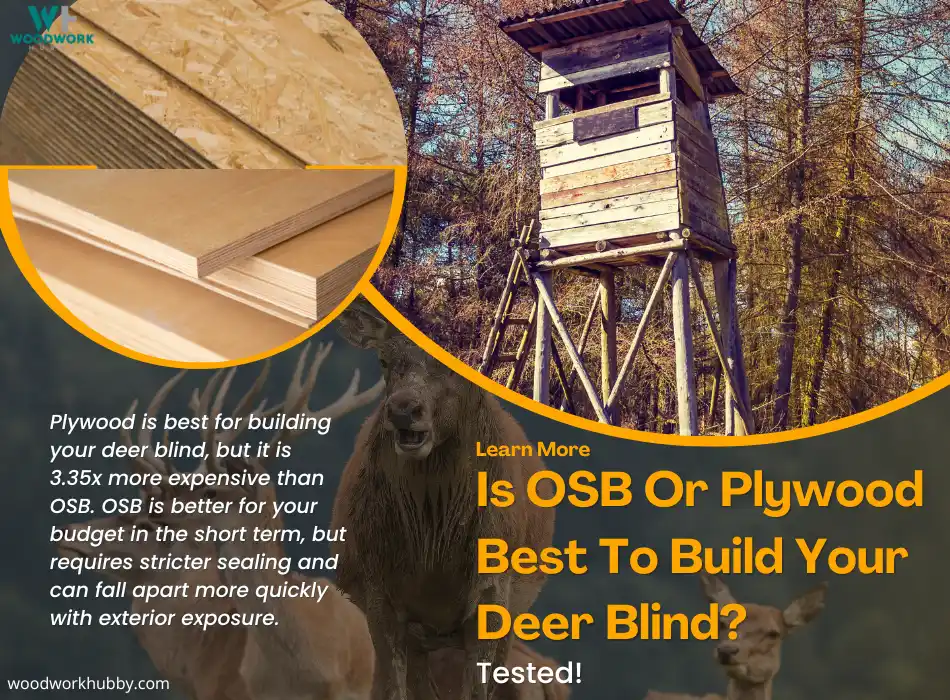
You cannot hunt from a blind if the material stands in stark contrast to the environment. You cannot fire a rifle from a shaky foundation, and the game is usually found in a humid climate which can easily tear through untreated wood.
The OSB is certainly camouflage. It can be undetectable against the yellowish-golden hay of certain hunting environments. Even if you’re hunting in a lush green forest, you can paint OSB. OSB is also thick enough to camouflage sound very well. Deer have sensitive ears, and every bit counts when it comes to minimizing your presence.
OSB is also fairly durable though it is not the most durable wood board by any stretch. The metric on which OSB fails to perform is weather resistance. OSB isn’t meant for exterior applications, while a deer blind is useless indoorOSB could be rated 9/10 for camouflage, 6/10 for durability, and 3/10 for weather resistance.
The video shows a DIY deer ground blind.
OSB could be rated 9/10 for camouflage, 6/10 for durability, and 3/10 for weather resistance.
Fortunately, weatherproofing wood boards is possible with the help of waterproofing sealers. If you use the right stain and sealer, you can bring the OSB pretty close to the performance of plywood.
An OSB deer blind can last 3 years if the OSB is appropriately sealed. In the absence of sufficient waterproofing, the OSB starts falling apart in the open. If you build your deer blind using OSB, make sure the material is weatherproof.
Even with waterproofing treatment, OSB is cheaper than plywood of equivalent thickness. In fact, OSB’s main benefit is its cost-effectiveness. In its absence, the material wouldn’t even compare to plywood.
OSB is built with a random angular stacking of wood fibers. Unlike plywood’s perpendicular stacking and thinner fibers, OSB has angular layers of much thicker wood chunks. This weakens the overall structure. The biggest drawback of using OSB for your construction is that it isn’t the strongest option.
I extended my shed and wondered which is the best material for the shed roof, plywood, or OSB. Here is what I found!
What Kind of Plywood Do You Use for Deer Blind?
You use plywood that is 3/8th of an inch thick for deer blinds. The material that is used for such construction has to be thick enough to both camouflage sound and stand a chance against the elements. Plywood is durable and slightly weatherproof, making it the default choice for deer blinds.
Thick plywood is an excellent choice for deer blinds because of the resin interior of the material. The construction of plywood involves stacking together strictly perpendicular, long wood fibers with resin glue. The thicker the volume of a single plywood plank, the stronger the resin core. This means plywood keeps making leaps in strength with each 0.1-inch of thickness.
The worst type of plywood is 1/8th of an inch thin. It is weaker than OSB because OSB is thicker by default. And to make matters worst, it echoes sound making it really impractical for deer blinds.
Unfortunately, average plywood sheets are closer to 1/8th of an inch than they are to 3/8th of an inch. So you cannot use average Home Depot plywood planks for your deer blind. Of course, that doesn’t mean you cannot get the thicker sheets at Home Depot. You just need to go past a few shelves or ask the staff.
Back when I didn’t have enough experience, I even asked the Home Depot staff to help me select the sheets. They suggested 1/4-inch sheets, which are much thicker than what one really needs.
They are also more expensive. I tried sheets of different thicknesses across multiple projects and found that 3/8-inch plywood sheets are the most feasible ones.
You can get 3/8-inch sheets at almost every store that sells plywood. Home Depot and Lowe’s are ideal if you want to buy plywood from a physical location. Amazon can be better for bargain-hunting and ships the sheets directly to your doorstep. I prefer a physical location because it is easy to avoid sheets with faults.
Plywood is relatively easy to work with compared to OSB. But 3/8-inch plywood is thicker than the thinner OSB options, which are 5/16-inch thick. So don’t select plywood that is the easiest to work with. Deer Blind material isn’t supposed to be a cakewalk.
Ever wonder if plywood is flat anymore? Here are my professional hot tips to get flat plywood. Be sure to check them out!
What Do You Use for Deer Blind Walls?
You use fiberglass insulation for deer blind walls alongside weatherproofed wood board or exterior grade wood. The wall interior or sheathing must insulate sound, and fiberglass is the cheapest insulating option.
Fiberglass insulation, however, is not the only option for sound-proofing a deer blind. You can use batt and roll insulation too.
But when it comes to deer blind walls, the exposed material has to be selected far more carefully. If you choose plywood, you’ll need to weatherproof it a little. And if you choose OSB, you’ll need to seal it and weatherproof it more.
Since OSB has higher sheer strength, you can get away with using it for walls/siding more often than you can get away with using it for deer blind flooring.
For deer blindsiding, OSB and plywood are the cheapest options. And if you compare the two, OSB is 3 to 4 times cheaper. But given the sealing requirements, it comes out 3.5x cheaper at the end of the project.
Here is an outline of what I found out about the differences between OSB and plywood for Attic & Sub Floors.
What Do You Use for Deer Blindsiding?
You use plywood for deer blindsiding, and make sure to coat it with waterproof primer and a few layers of exterior paint. The plywood has to be 3/8-inch to 1/4-inch thick, depending on your foundation’s weight-carrying capacity.
Plywood can muffle sounds, but you still need insulation. OSB wouldn’t nullify insulation requirements either. Both materials might have to be painted, but the sealing requirements on OSB are much more stringent.
Cedar and pine are pure wood alternatives that are used by big game hunting lodges and tour organizers. They prefer building projects with a 10-year+ life expectancy. And even hardwood deer blinds cannot afford not to be weatherproofed.
Cedar and Pine deer blinds will cost much more than plywood. But since people who opt for plywood hunting blinds are not as concerned with budget, I would like to put it out there. OSB and plywood are not your only options when it comes to constructing deer blinds.
And they aren’t the most effective options either. Plywood is more effective than OSB but isn’t better than a hardwood blind.
OSB vs. Plywood Deer Blind: The Results
OSB is cheaper, and plywood is more expensive. With that out of the way, plywood wins in almost every category except sheer strength. Since plywood fibers are perpendicularly placed, they can slide against themselves in the long run. However, this risk isn’t very high in projects like deer blinds.
As a result, plywood is the better option if you’re not on a budget. OSB is better if your budget is tight, but you don’t expect longevity out of the project. But OSB can be heavier than plywood in general, so even if you use OSB, make sure that the roof of your hunting blind features a thinner wood board.
OSB has a higher camouflage ability, in my experience, but if you use paint, it doesn’t matter what the natural color of either wood board is.
Final Thoughts – OSB vs plywood for deer blind
Suppose you want to make an okay deer blind. In that case, both plywood and OSB work. I have tested both, and OSB gets talked down far more online than it deserves. In reality, OSB works okay. It just isn’t as good as plywood, which can make it look really bad.
If your deer blind is meant to stay up for one hunting season, by all means, use OSB. And if you want it to last 10 years, you might need to look farther than even plywood.
